Funding the Next Generation
2024 accelerators winner
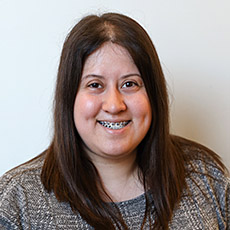
Kristen G. Navarro, PhD
Children’s Hospital of Philadelphia
Dysregulation of MTORC1 in Human Cell Models of Mitochondrial Complex V Deficiency
Project Summary
Cells must adapt to their environment to grow and survive. The process of the cell learning about its external environment, for example nutrient availability, health of surrounding, etc. is called cell signaling. Cell signaling is usually conducted inside the cell by a series of specific proteins that talk to each other in a set order, to relay information from outside the cell to the cell itself to allow the cell to make decision about how to adapt. One recipient of this information in the cell may be the mitochondria. Mitochondria are responsible for energy production and are intimately involved in cell signaling pathways. To make energy, proteins in the mitochondria called Mitochondrial Complex proteins use a type of cellular electricity known as electrons to pass electrical energy to their neighbors in a line back and forth. At the very end of the line, a protein called ATP Synthase (also called Mitochondrial Complex V – CV) produces energy. In mitochondrial disease when mitochondria do not work properly, cell signaling, and the ability of the Mitochondrial Complex proteins are disrupted. Signals that were designed to be temporary ‘mitochondrial overwhelm’ signals may stay on permanently. Since mitochondrial diseases can be caused by multiple different abnormalities in the mitochondria, developing universal treatments is difficult. This proposal aims to study a specific mitochondrial disease called ATP Synthase (Complex V deficiency) and how it interacts with the mTOR pathway, one of the main cell signaling pathways to communicate nutrient availability. This work builds on the discovery that the mTOR pathway is abnormal in animal models of Complex V deficiency and that mTOR directly inhibits complex V in healthy animals. This work could help future researchers to develop and direct precision treatments for mitochondrial disease that manipulate cell signaling pathways.
2024 accelerators finalists
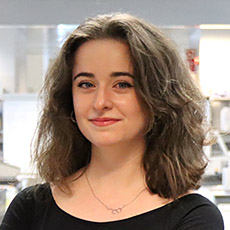
Raquel Justo-Méndez, PhD
IRB Barcelona
Implications and Novel Therapeutic Insights on Mitochondrial Integrity in Hematopoiesis and Immune Balance in the Context of Mitochondrial Diseases
Project Summary
This research investigates how important cells called multipotent progenitor cells, which play a crucial role in creating different blood cells in our body, stay healthy. These cells exhibit an efficient energy management system, but mutations in the mitochondrial DNA can impact on the organelle quality control mechanisms, resulting in issues with the maintenance and differentiation processes of these cells. Additionally, mutations in the mitochondrial genome of mature blood cells and the resulting inflammation can harm the health of the different organs. Such concerns are particularly significant in individuals with mitochondrial diseases. By studying different mouse models that mimic these health conditions and blood cells obtained from healthy donors and patients, our goal is to gain a deeper understanding of these complexities. This project aims to help individuals with similar health challenges by developing new ways to diagnose and treat them effectively.
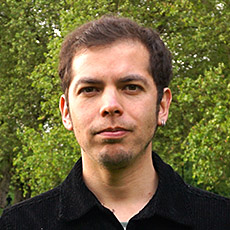
Daniel Lagos, PhD
University of Cambridge
Unveiling the Role of Secreted Mitochondria in Extracellular Vesicles: Implications for Primary Mitochondrial Disease
Project Summary
Mitochondrial diseases manifest with a wide range of symptoms, affecting various organs and tissues in our bodies. Thanks to technology, scientists have identified most of the DNA mutations responsible for these diseases, yet we still do not fully comprehend what determines this diversity. One cellular adaptation mechanism to cope with the accumulation of defective material inside cells is the secretion of this damaged content in the form of vesicles. These vesicles can be taken up by neighbouring cells or cells located at distant sites enabling a broader effect. Furthermore, it has been observed that these vesicles can carry mitochondria, which may have negative effects on the recipient cells. The objective of my project is to study these vesicles by characterizing their number, content, and effects on neighbouring cells, focusing on cell types typically most affected in mitochondrial diseases, such as muscle cells and neurons. The results of the experiments in cellular models will be confirmed and validated in blood samples of patients with mitochondrial diseases. I believe that the proposed research will reveal new ways how mitochondria can participate in communication between different cells in the body, potentially improving cell survival and future therapy development in mitochondrial diseases.
Our accelerators are engaged philanthropists. Through our annual livestream-pitch event, our members have the opportunity to cast their vote for the project they feel the most passionate about, and ultimately see the difference their contribution makes.
How It Works
UMDF earmarks the accelerators
prize
Grant applications submitted by promising post-doctoral fellows
Applications reviewed and finalists selected by UMDF Scientific and Medical Advisory Board
3-5 finalists prepare “fast pitches” to be broadcast live at UMDF Conference
Each accelerator
casts a vote for the project they feel most passionate about
Prize awarded to winner
Right now… a scientist believes his innovation may bring about an end to Leigh syndrome.
Right now… people affected by mitochondrial disease need energy…and YOUR energy can help….but we need to go fast.
It could be an innovation that will find the cause of mitochondrial disease. Or, it may be the research that develops an effective treatment. Now is the time to accelerate that science from bench to bedside. Our patients and families are counting on your energy to help UMDF move faster toward a cure.
When you give $500 or more (cumulatively in a year), you unlock your accelerators benefits! No matter how you give – through a special event, to a designated fund or as a tribute to a patient – when you reach the accelerators level you join a group of engaged philanthropists. You will get a first-hand look at the promising ideas being developed in mitochondrial disease research.
2023 Prize Winner
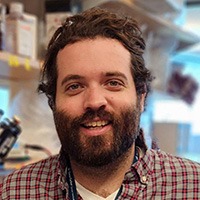
Conor Ronayne, PhD
Dana-Farber Cancer Institute,
Harvard Medical School
Project Summary
2022 Prize Winner
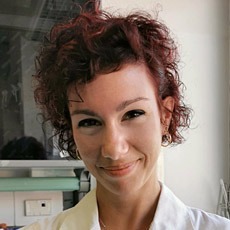
Sara Carli, PhD
Università di
Bologna, Italy
Project Summary
Mitochondria have their own genetic material, the mitochondrial DNA (mtDNA). Having too little mtDNA is one of the causes that drives the onset of Mitochondrial Depletion Syndromes (MDSs). Patients with MDS experience a spectrum of symptoms which generally lead to death in a few months. mtDNA depletion could be due to a defect in the production of a primary building block or gene of the mitochondrial DNA. Currently, there are no animal models present to better understand MDS or to test the effectiveness of therapeutic treatments. This project proposes to create a mouse model that will be used to better understand the progression of MDS. With a mouse model available I will then test the effectiveness of gene therapy, an innovative therapeutic approach to restoring the defective gene that causes MDS.
2021 Prize Winner
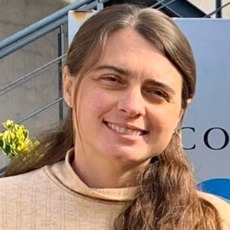
Lia Mayorga, MD, PhD
IHEM
Mendoza, Argentina
Project Summary
2020 Prize Winner

Kinsley Christopher Belle
Stanford University
Stanford, CA
Project Summary
Our objective is to determine how internal factors, such as development and cell specification cues, as well as external stimulus, oxygen levels, energy substrates, and drug compounds influence mitochondria heteroplasmy. Our preliminary assessments suggest that cell-type development and cell division influence heteroplasmy in developing tissues, additionally our work on cell conditions, and small molecules has yielded promising preliminary results for possible therapeutics. This body of work serves as a template for discovering compounds that reduce mitochondrial heteroplasmy and thus disease burden in patients.
2019 Prize Winner
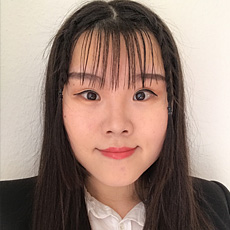
Arwen Gao
Ecole Polytechnique Federale de Lausanne (EPFL)
Lausanne, Switzerland
Project Summary
Scientists who are working fast toward a cure.
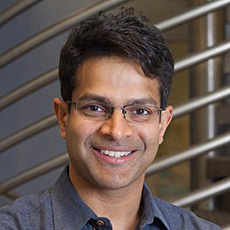
Vamsi K. Mootha, PhD
HARVARD MEDICAL SCHOOL • Boston, MA
“In 2004, I was a recipient of a $90,200 UMDF grant designed to support my efforts on using computational genomics to identify novel assembly factors for mitochondrial oxidative phosphorylation. With this support, I was able to recruit and hire a talented computational biologist, who proceeded to predict the mitochondrial proteome using a computational tool that led to the identification of several new disease genes, forming the basis for my lab’s first NIH grant.”
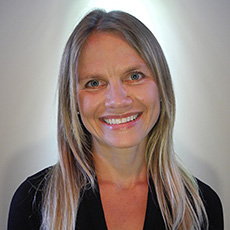
Anna-Kaisa Niemi MD, PhD
RADY CHILDREN’S HOSPITAL • San Diego, CA
“A UMDF Clinical Fellowship Award allowed me to focus on diagnosis and treatment of patients with confirmed or suspected mitochondrial disorders. The most impactful part of the fellowship for me was learning about the daily life of children and families affected by mitochondrial disorders. I now continue to use the knowledge and experience I gained that year in my work caring for critically ill infants with confirmed or suspected mitochondrial disorders.”
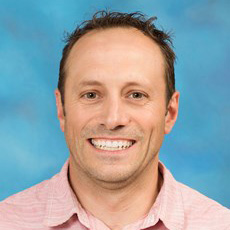
Michael J. Palladino, PhD
UNIVERSITY OF PITTSBURGH • Pittsburgh, PA
“In 2006, I received a $98,000 research grant from UMDF. This grant funded my research to further develop our Drosophila NARP/MILS model and allow our first venture into compound screening to identify specific drug therapies for mito patients. This award served as “bootstrap funding” helping me successfully apply to the NIH for support of numerous projects and helped secure more than $2.75M in NIH funding for mito research in my lab.”